As horse owners, we all care deeply about the comfort of our horses. When a horse experiences tying up it can be heartbreaking to watch our partners struggle, but did you know a horse that is tying up tells you something about their nutrition? We’ll explore the critical nutrient that in most cases is responsible for this uncomfortable phenomenon and how it plays a role in your horse’s overall health and longevity.
In this article, you will learn:
What is tying up in horses?
Tying up in horses, clinically known as Equine Rhabdomyolysis is a form of abnormal muscle physiology that leads to muscle contractions, better known as muscle cramps. These uncontrollable muscle contractions are where the term “tying up” comes from and can be incredibly uncomfortable for horses, leaving them unable to move. In the most severe cases of tying up a horse dies from what is called White Muscle Diseases. White Muscle Disease got its name from the white striations on the heart muscle, the muscle cells die and leave white scar tissue.

Why Selenium is important for mammals
You need selenium just as much as your horse does. You are lucky because you have hundreds of different food sources but your horse has only a few. It is much worse for horses and other livestock because most feed sources come from local regional areas. Therefore, if you live in a selenium-deficient area your horses and other herbivores will be deficient unless you supplement.
Why Selenium Deficient horses suffer from tying up
Horses in selenium deficient areas will suffer from the deficiency even though you can’t always see it (sub-clinical deficiency)
Poor muscle function – Tying up (Muscle cramps) and stiffness are often caused by selenium deficiency. Severely Selenium deficient animals have a stifled gait. In bad cases, horses cannot properly chew because the jaw muscles are compromised.
If the horse does not have clinical symptoms (symptoms you can see) he will suffer sub-clinical deficiency unless he is supplemented. This compromised health list includes most body functions as well as:
- Low immunity to disease
- Lower reproductive health
- Higher propensity to cancer
- Express behavioral issues because of muscle soreness
The list goes on because selenium is critical to energy metabolism, immunity, and vibrant health.
Where Selenium Deficient feed is most common
For humans… The World Health Organization recommends an intake of 100 micrograms to 200 micrograms of selenium per person per day. “It plays a critical role in metabolism and thyroid function and helps protect your body from damage caused by oxidative stress."
The Northwest, the Great Lakes area, central US and Canada, and the eastern seaboard are selenium deficient and livestock fed food grown on deficient soil becomes selenium deficient unless they are supplemented.

Why Selenium Deficiency is getting worse
Yes…Worse. There are three main factors leading to increases in Selenium deficient soil:
- Sulfur – Sulfur is a common fertilizer component. Most farms add fertilizer to add nitrogen to the soil. A common nitrogen-containing compound used is Nitrogen Sulfate. Sulfur looks much like Selenium, it is right next to selenium on the periodic table. (A listing of all elements by their molecular structure). When you add sulfur to selenium deficient soil you decrease selenium uptake in the plant. In 1977 I was working on a cattle ranch when we added Nitrogen Sulfate to a field where we were calving out mother cows. The first 10 calves we had died of White Muscle disease (Selenium deficiency). When any mammal is born its heart begins to do all of the work of circulating blood (before the mother was responsible). If the baby is severely Selenium deficient the cells in the heart are killed by the build-up of lactic acid because they cannot function properly without enough selenium.
- Leaching – Selenium leaches out of the soil. A great example was the leaching out of selenium in California flood irrigated fields. Ponds that were at the tail end of flood irrigated fields became selenium toxic because the flood irrigation washed selenium from the fields into the ponds. This was discovered when waterfowl suffered selenium toxicity.
- Removal without replacement – When we take up to 5 cuttings (harvests) of hay from a field each year that can be 3 tons per acre per cutting or 15 tons of hay per acre. We are removing those trace minerals like selenium and not replacing them. On farm ground that has been cultivated for decades…it is easy to see how we further reduce the selenium (and other nutrients) from the soil.

History of Selenium Deficiency treatment in horses
In the 70s, in Selenium deficient areas when a veterinarian was called on a case where the horse was tying up the veterinarian would immediately give a shot of E/Se (Vitamin E and Selenium). This was because there was no oral supplement for selenium. Horses in places where their feed is Selenium deficient were almost always Selenium deficient themselves. If you have seen a horse that is tying up you won’t forget it. Imagine yourself muscle cramping and then add 10 times the muscle mass in the horse. In 1978 Horse Guard introduced the first selenium oral supplement for horses available in feed stores and veterinary practices.
Incomplete knowledge about Selenium is dangerous
Most nutritionists don’t have the knowledge they should about selenium. The reason is that not all areas are Selenium deficient and it, therefore, seems like an unimportant concern. At Horse Guard, we have studied selenium since 1977 when we formulated the first oral OTC selenium supplement for horses. Since that time, we have trained veterinarians and horse owners about the importance of this essential element that is so deficient in the various areas of the world. In 2013 our nutritionist Dr. Kelsey Nonella got her Ph.D. studying selenium. Horse Guard sent hay from Oregon and fed it to research horses. Dr. Nonella took blood samples as the horses became Selenium deficient and then brought them back to normal levels feeding Horse Guard vitamin-mineral supplement.
Some Veterinarians wrongly suggest reducing selenium intake when horses are over “normal blood levels”. Normal blood selenium is the average blood selenium that the lab tests. Therefore, averages are low because most blood samples are submitted from Selenium deficient areas. Veterinarians in deficient areas are naturally the ones that are testing for Selenium deficiency. In other areas, veterinarians are not concerned about selenium. Labs regularly point out to practitioners that blood selenium that is above normal does not mean that is bad. In fact, if your horse is above “normal” that is a good thing.

Horse Guard funded Selenium Deficiency study
Horse Guard’s own nutritionist, Dr. Kelsey Nonella PhD. in conjunction with West Texas A&M University, conducted a study on Selenium in horses. She measured selenium blood levels as they declined when being fed hay from Central Oregon. She then fed them Horse Guard with 3mg of organic selenium and monitor blood levels as they returned to normal. The studies finding supported that Selenium deficient horse's require continuous supplementation of 3mg of Selenium per day to return to adequate levels.
Muscle cramping or Tying Up is also called Equine Rhabdomyolysis (ERS).
Tying up can be caused by one problem but is often a syndrome of muscle problems that can have a combination of causes. Tying up is not always related to Selenium deficiency but if the animal is Selenium deficient his muscle tissue is already compromised.
Tying up is often caused by the following factors:
- Selenium deficiency
- “Equine polysaccharide storage myopathy (EPSM, PSSM, EPSSM) is a hereditary glycogen storage disease of horses that causes exertional rhabdomyolysis.”
- Azoturia - The most common cause of azoturia is over-feeding an active horse during times of rest.
How to combat tying up
Horses that are Selenium deficient are more prone to tying up because their muscles are already compromised. The best thing to correct this problem is to feed 3mg of organic Selenium per day. One mg per day is better than none but studies show that feeding 3mg daily will significantly combat the effects of Selenium deficient feed. Here at Horse Guard, we developed the world’s first oral selenium supplement for horses that was available in feed stores or through your veterinarian. We started feeding 3mg of selenium in 1978 and have fed millions of horses over the past 45 years. We have helped so many horses get all of the benefits that a full safe dose provides.
Check out these Horse Guard products with the recommended dose of Selenium to keep your horse safe:
Or talk to our Nutritionist, Dr. Kelsey Nonella, to help find out which product is right for you and your horse.
When your horse experiences tying up, you not only have an unrideable horse but one in severe discomfort. When it comes to tying up due to Selenium deficiency it can be completely avoidable by providing selenium in their daily feeding. If you’ve ever seen a horse experience this misunderstood phenomenon you’d want to avoid it at all costs. All of our complete supplements include the 3mg of Organic Selenium recommended, or take a look at our product Vitamin E & Organic Selenium to give your horse two of the most critical nutrients required for bodily functions.

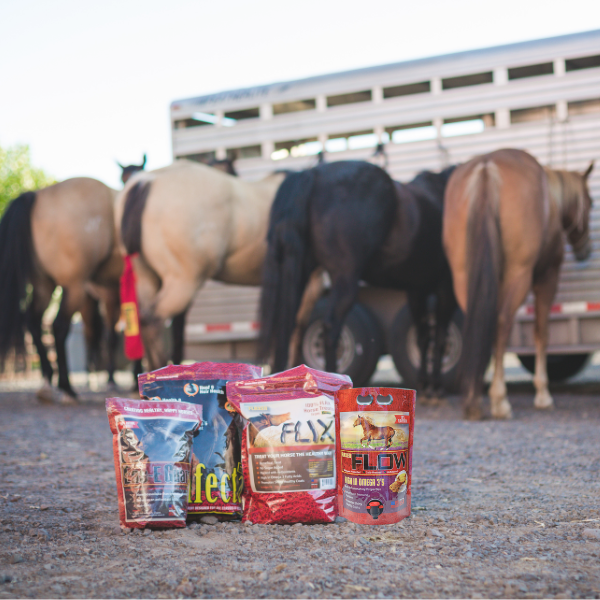
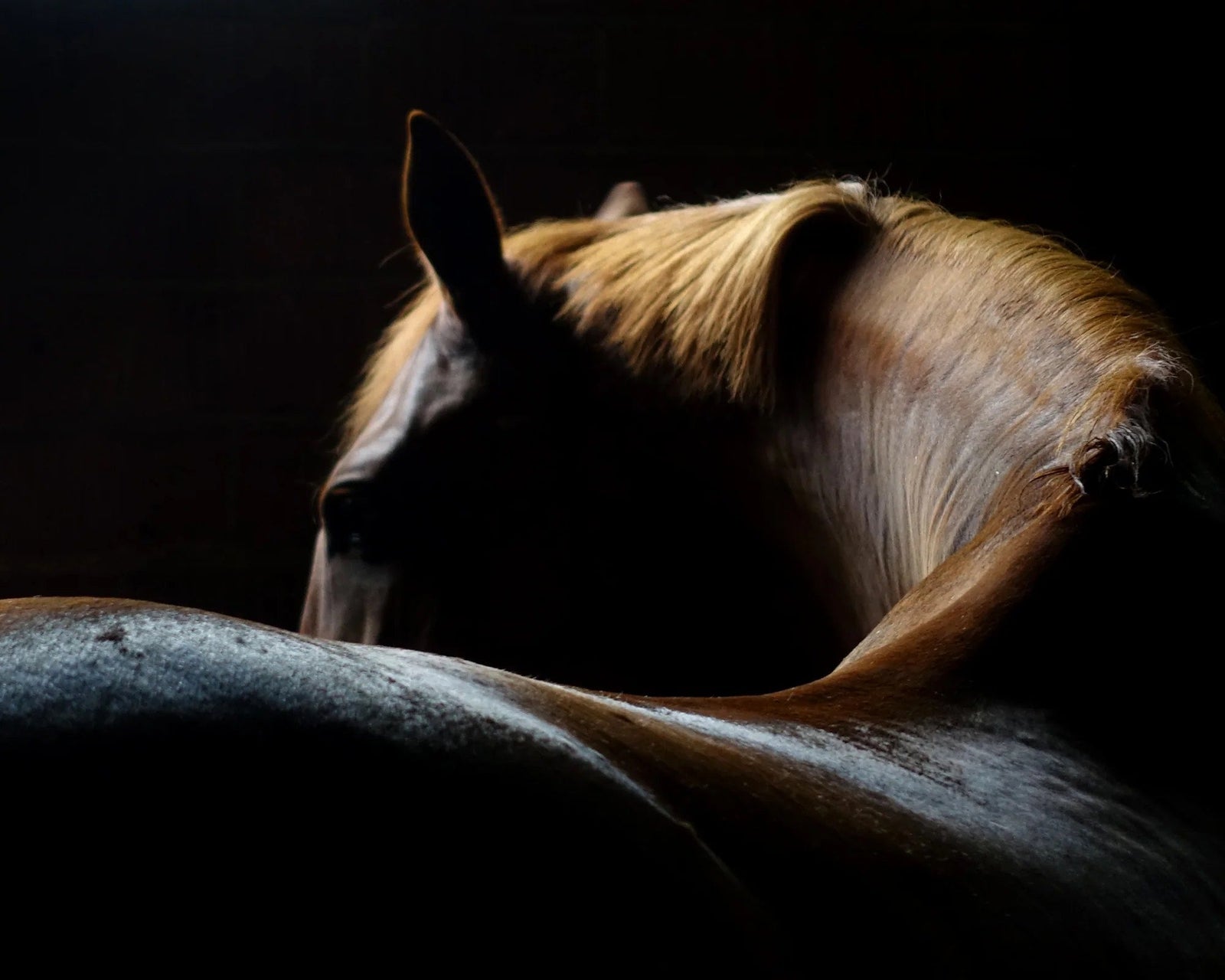



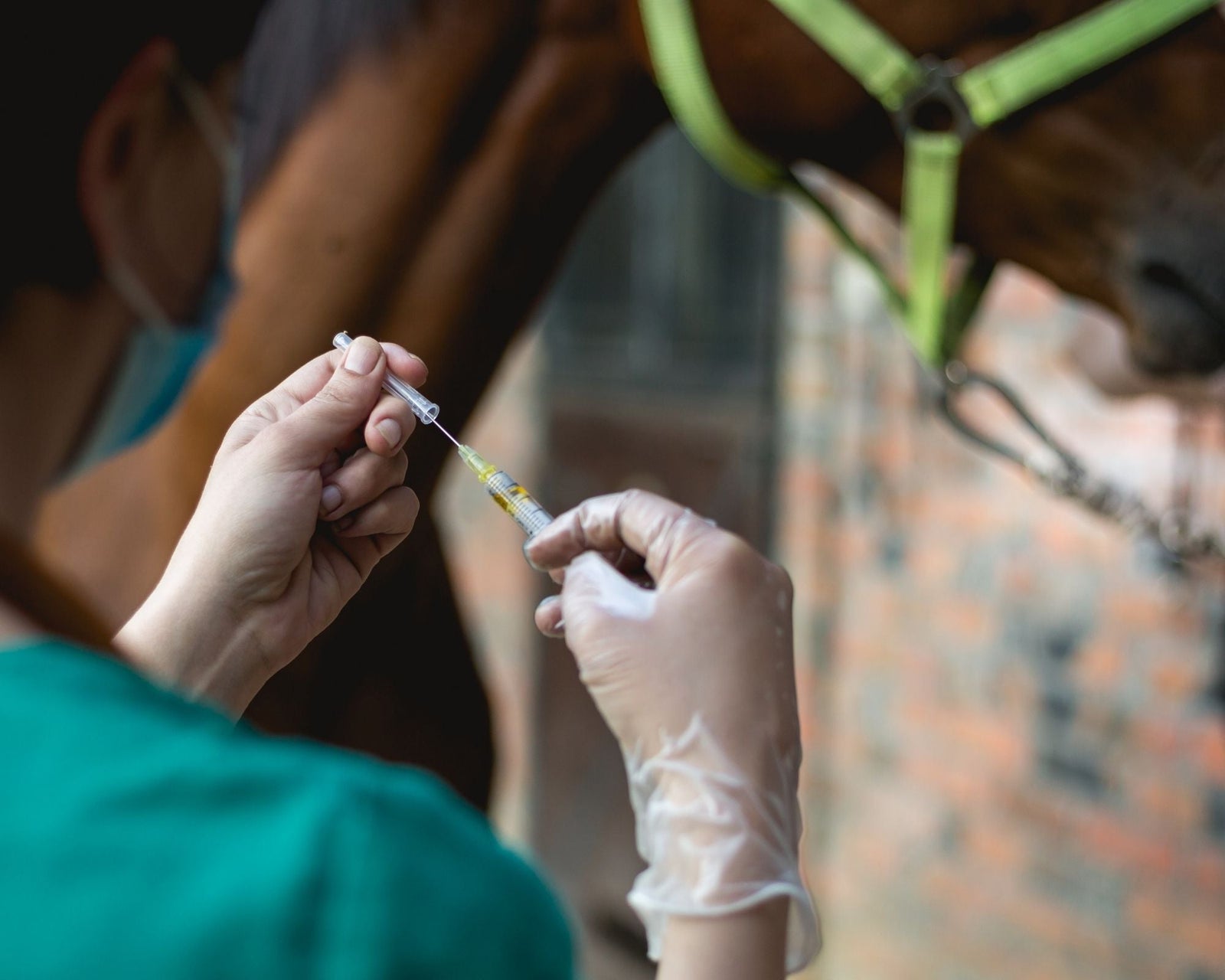
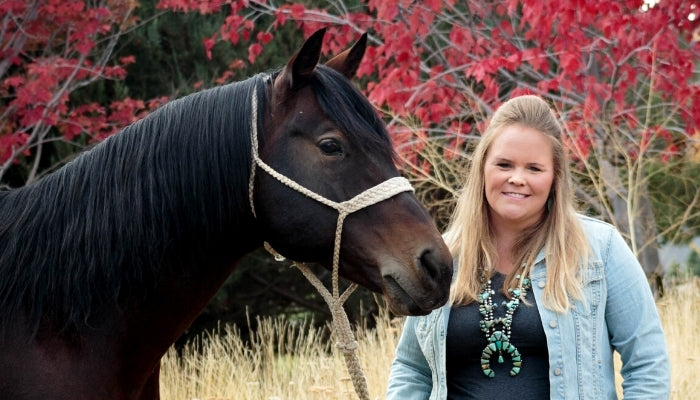
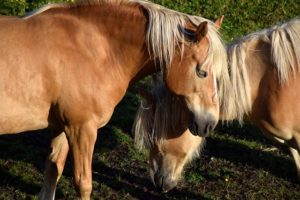
Leave a comment (all fields required)